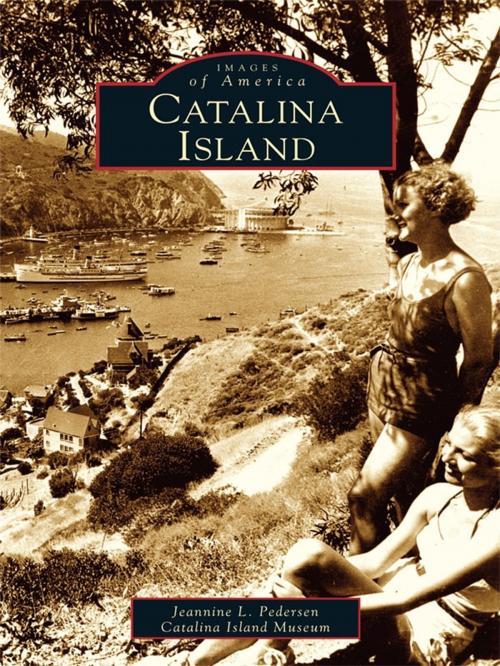| Author: | Pedersen, Jeannine L., Catalina Island Museum | ISBN: | 9781439614327 |
| Publisher: | Arcadia Publishing Inc. | Publication: | August 11, 2004 |
| Imprint: | Arcadia Publishing | Language: | English |
| Author: | Pedersen, Jeannine L., Catalina Island Museum |
| ISBN: | 9781439614327 |
| Publisher: | Arcadia Publishing Inc. |
| Publication: | August 11, 2004 |
| Imprint: | Arcadia Publishing |
| Language: | English |
Throughout its history, the 76-square-mile island of Catalina has played host to Native Americans, smugglers, otter hunters, ranchers, miners, entrepreneurs, vacationers, movie stars, and nature enthusiasts. William Wrigley Jr. (of chewing-gum fame) bought the island in 1919 and later constructed the recognizable casino building, which was never used for gambling but did become one of the best-known ballrooms in America. In the 1970s, the Wrigley family deeded 88 percent of the island to the Catalina Island Conservancy, which protects the natural state of the island and her inhabitants. Today nearly one million tourists visit annually to take in the fishing, parasailing, glass-bottomed tour boating, scuba diving, cycling, camping, galleries, shopping, and dining.
Throughout its history, the 76-square-mile island of Catalina has played host to Native Americans, smugglers, otter hunters, ranchers, miners, entrepreneurs, vacationers, movie stars, and nature enthusiasts. William Wrigley Jr. (of chewing-gum fame) bought the island in 1919 and later constructed the recognizable casino building, which was never used for gambling but did become one of the best-known ballrooms in America. In the 1970s, the Wrigley family deeded 88 percent of the island to the Catalina Island Conservancy, which protects the natural state of the island and her inhabitants. Today nearly one million tourists visit annually to take in the fishing, parasailing, glass-bottomed tour boating, scuba diving, cycling, camping, galleries, shopping, and dining.















